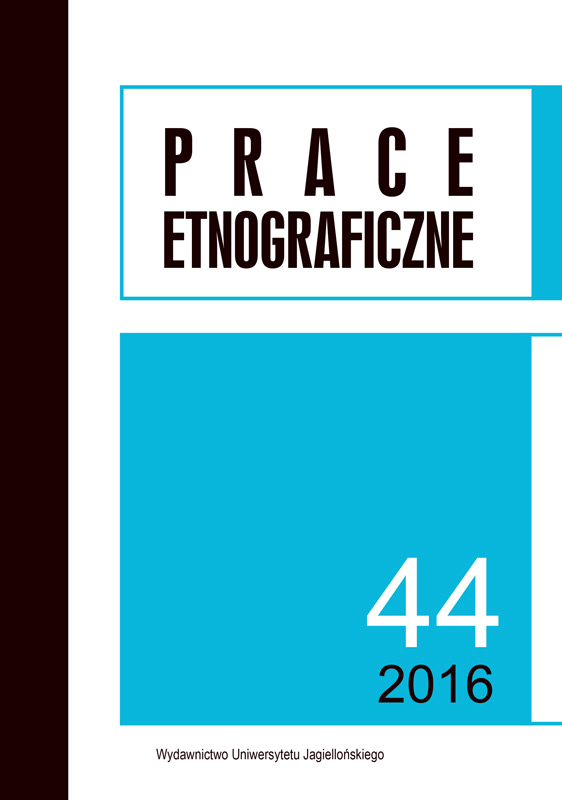Huascarán – mitologia i fatum najwyższej góry Peru
Huascarán – Mythology and Fatality of Peru’s Highest Mountain
Author(s): Elżbieta Jodłowska, Mirosław MąkaSubject(s): Cultural Anthropology / Ethnology
Published by: Wydawnictwo Uniwersytetu Jagiellońskiego
Keywords: Andes; Huascarán; millenarian mythology; apocalypse; Andean folklore; avalanche; trauma cultural;
Summary/Abstract: Huascarán (6768 m. a.s.l.) – Peru’s highest mountain peak, located in Cordillera Blanca range, standing over fertile and populated since thousands of years Rio Santa valley in the Ancash department. It’s rich mythology, still rarely found among Quechua natives, was shaped in relation with geographical factor of being dominated by a huge seismic activity. Since the ancient times the inhabitants of this region have lived in the shadow of a constant threat, dying in large numbers as a result of earthquakes, enormous avalanches and floods. This study focuses on the mythological narratives and Indian perception of natural disasters, perceived upon broader view of archaic Andean outlook, while at the same time shaped heavily by the cultural trauma. The constant tension between tremendum a fascinans within the perception of Huascarán made impact on the folk theodicy, both core, as well as syncretic folk religiousness. The authors also focus on some of the contemporary forms of mythicization of Huascarán, trying to outline the most important aspects to functioning of this mountain within the culture of the Ancash region.
Journal: Prace Etnograficzne
- Issue Year: 44/2016
- Issue No: 4
- Page Range: 379-397
- Page Count: 19
- Language: Polish

